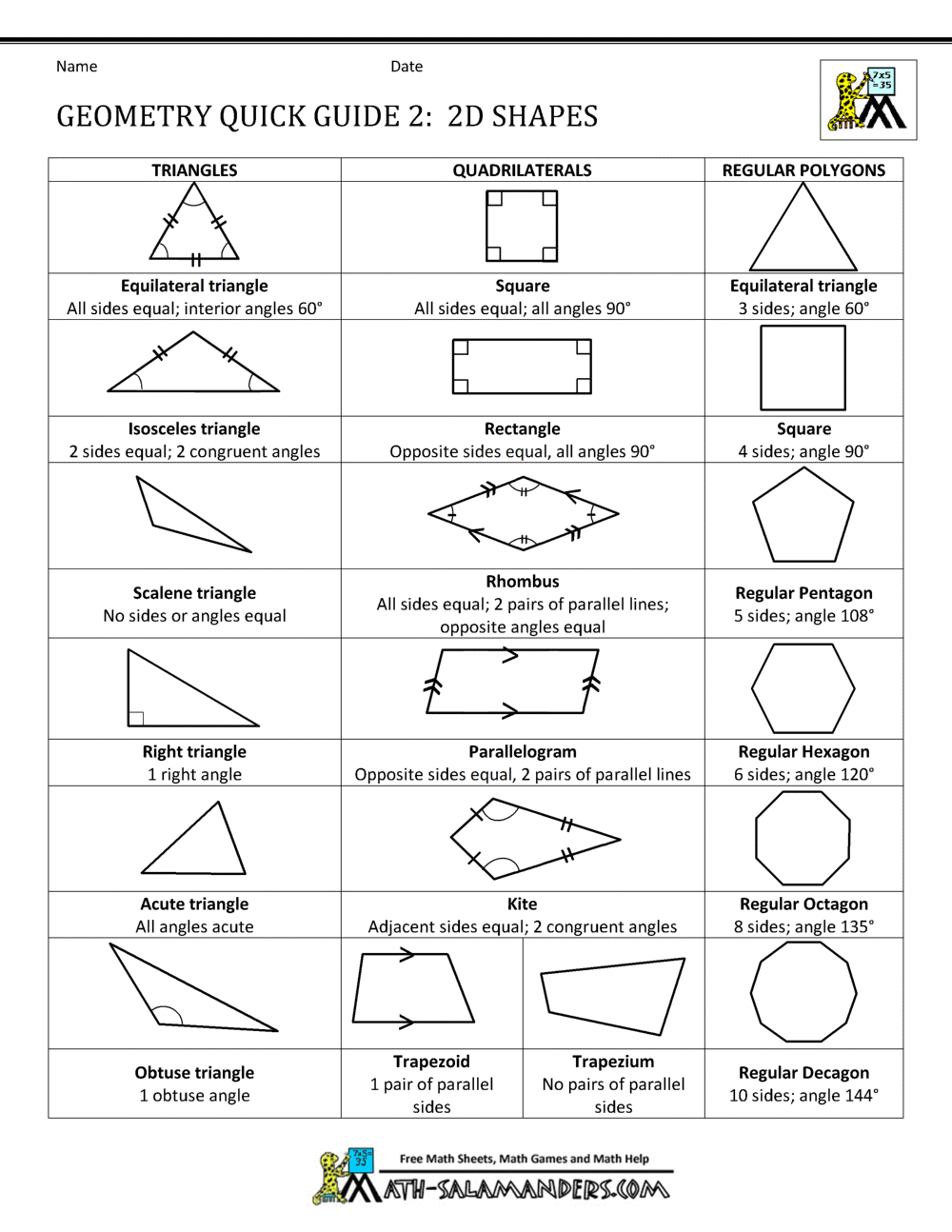http://mathrelationstodance.blogspot.ca/
This website talks about angles, musicality, and balance in dance. Dancers must know how high to lift their leg, this is determined in degrees. Their legs are lifted at 45 degrees, 90 degrees and higher. Dancers must also know how to transfer their weight in order to maintain balance. Dancers must also have the ability to memorize movements and counts, as well as on what counts to perform. This site also gives great explanations as to why they think these forms of math are useful to dancers.
This site was useful because not only did it have good information, it also gave great explanations as to why they think these forms of math are useful to dancers. This site also explained angles which was helpful since other sites didn’t give much information on it.

